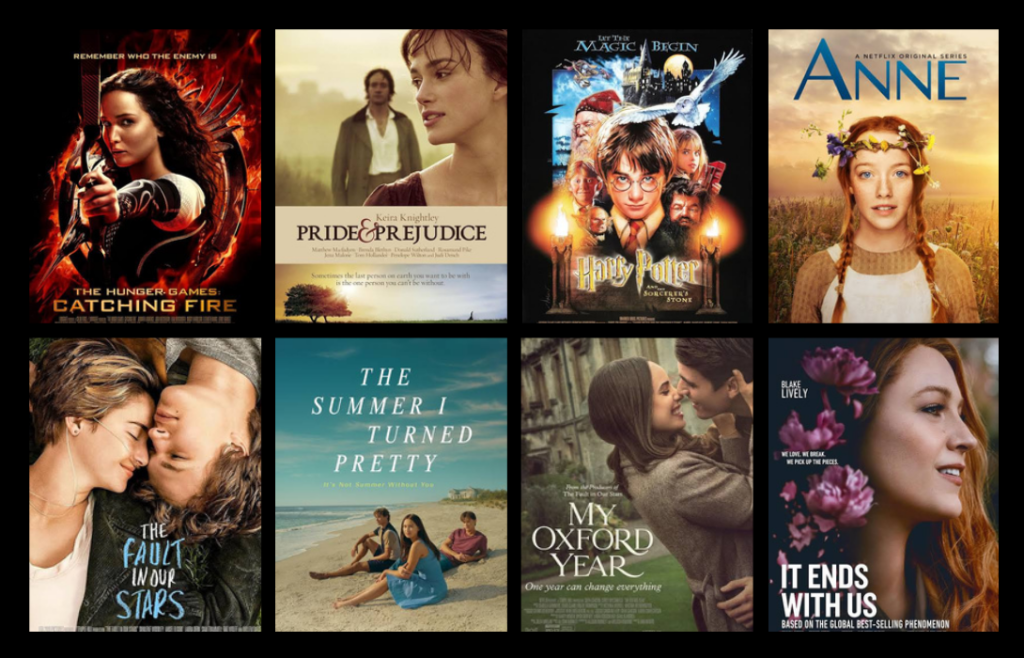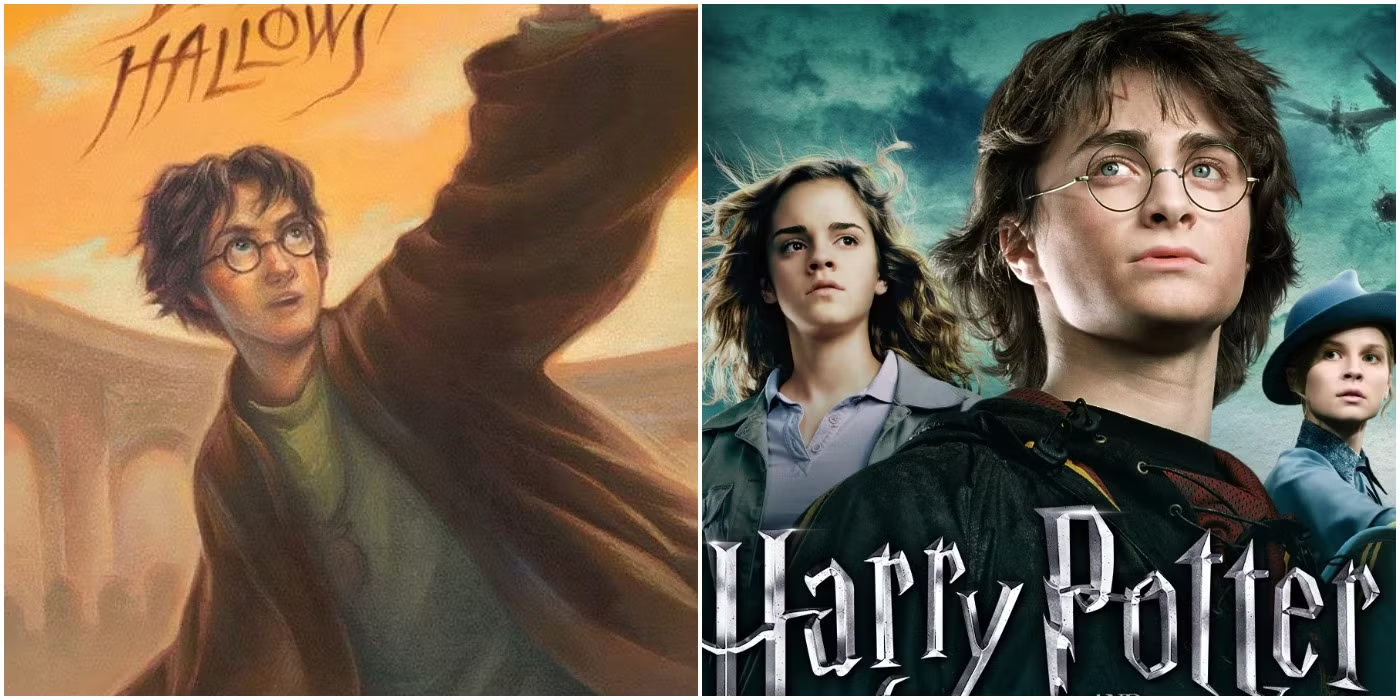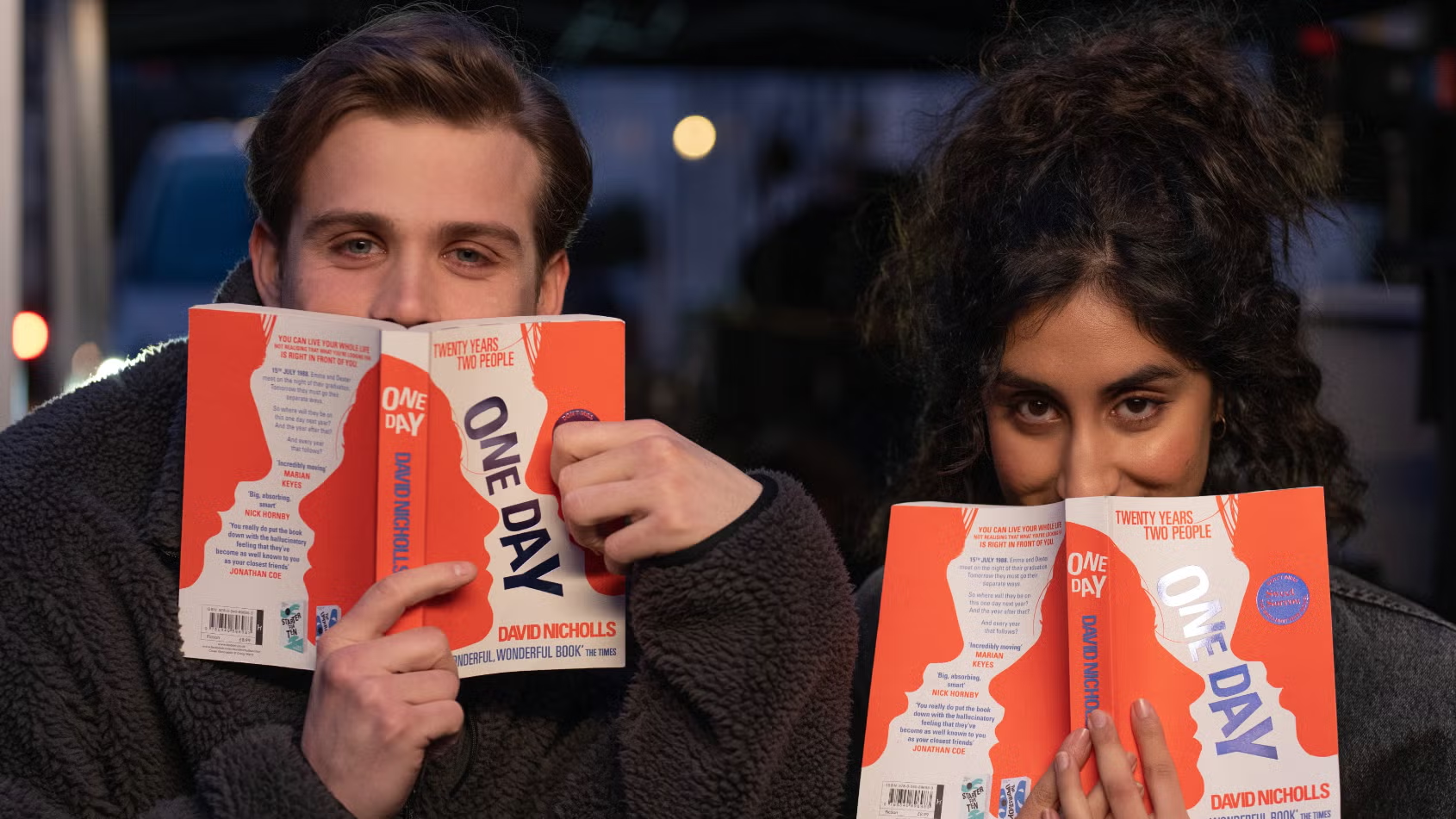
Adaptations are powering a fresh wave of films and series in 2025. Producers and streaming platforms are turning towards books that have a large fanbase. This approach changes the way stories reach both readers and viewers, making the transition from page to screen smoother than ever.
In recent months, major streaming projects have shown how this trend plays out. Netflix’s My Oxford Year, Amazon Prime’s The Summer I Turned Pretty, and other high-profile book-to-screen releases reveal the cultural and commercial pull behind the change. These adaptations prove that well-known books can lower production risks while attracting built-in audiences.
Adaptations Then and Now
Adaptations have been shaping cinema for decades. Classics like Pride and Prejudice, The Godfather, and Harry Potter brought entire literary worlds to the big screen. In earlier years, filmmakers condensed lengthy novels into two-hour films, often leaving out key scenes and characters.

Today’s streaming era has changed that. Long-form series formats give creators more time to explore every detail of the story. This allows for richer plots, more character depth, and immersive world-building. While some viewers prefer complete loyalty to the source material, others enjoy creative twists that add a fresh perspective. This shift in approach marks one of the biggest differences between past and present adaptations.
Why Adaptations Are Rising Now
Streaming platforms are in fierce competition for subscribers. Services like Netflix, Prime Video, and Disney+ invest in books with proven popularity to reduce financial risk. A story that already has a dedicated readership offers a ready audience for its screen version.
Social media platforms such as BookTok and Bookstagram add to this appeal. They create global conversations and generate excitement well before a release. Producers also see these adaptations as the start of potential franchises. A single book can lead to multiple seasons, spin-offs, or films, turning one story into a long-term success. These factors make adaptations both a safe and a creative choice for studios.

Notable Recent Examples

Netflix’s My Oxford Year, based on Julia Whelan’s novel, premiered this year with some changes to the plot to heighten emotional impact. Its combination of a strong cast and a beloved book gave it an edge with audiences.
Colleen Hoover’s It Ends With Us reached theaters in 2024. It drew attention not only for its box office performance but also for the public debates surrounding its creative direction. The conversations that followed proved how adaptations can influence wider industry discussions.
Series adaptations also continue to thrive. Prime Video’s The Summer I Turned Pretty brought in huge viewing numbers while driving sales of the original books.
Similarly, One Day offered a faithful retelling that touched fans worldwide. Together, these examples show the broad appeal and cultural reach of adaptations.
The Good and the Bad of Adaptations
Adaptations offer clear benefits. They introduce books to people who may not have discovered them otherwise. They add visual and emotional layers through production design, music, and acting. Long-form series formats make it easier to include important subplots and character growth that films often cut out.
However, challenges remain. Condensing a book can mean losing essential details. Casting choices can spark fan criticism, and changing major story elements can upset loyal readers. In some cases, studios chase short-lived trends, which can reduce the depth and originality of the adaptation.
Cultural and Fan Impact
Adaptations can reshape reading habits. A hit series or film often sends the original book back onto bestseller lists. Normal People and The Queen’s Gambit are strong examples. After their releases, both titles experienced renewed sales, with The Queen’s Gambit also inspiring a worldwide surge in interest in chess.
Fans now play a bigger role than ever in shaping a project’s reception. They create online discussions, fan art, and video edits, sometimes influencing how studios market future episodes or seasons. This fan-driven engagement shows how screen adaptations can create entire communities around a story.
The Challenges of Staying True
While the potential is immense, adapting books remains a delicate art. Filmmakers must decide whether to stay loyal to the source or reinvent it for visual storytelling. Changes are often necessary due to time constraints, narrative pacing, or the need to appeal to a broader audience. However, stray too far, and the adaptation risks alienating the very fans whose enthusiasm could propel it to success.
Cultural translation is another challenge, especially for global audiences. A novel set in a specific cultural or historical context may need adjustments for international appeal without losing authenticity.

When Storytelling Meets the Streaming Age

In today’s tech-driven world, adaptations meet audiences where they are. Viewers can choose how they consume a story, whether by reading the book or watching the show.
This flexibility is a positive development, making literature more accessible to people who prefer screen entertainment.
On the other hand, it has also contributed to a growing binge-watching culture. While convenient, hours-long viewing sessions can lead to fatigue and affect physical and mental health. Experts warn that prolonged screen time can cause sleep disruptions, eye strain, and reduced physical activity.
As adaptations grow more popular, finding a balance between entertainment and well-being will be important.
The Future of Adaptations
Adaptations are now both a creative force and a business strategy. Platforms like Netflix and Prime Video use them to connect with fans and secure loyal viewers. This trend brings authors, publishers, and studios into closer collaboration than ever before.
Projects like My Oxford Year and The Summer I Turned Pretty show how adaptations can revive older titles, boost book sales, and build strong fan communities. They also demonstrate the lasting emotional connection between a book and its audience. Yet, the industry must watch out for adaptation fatigue. If too many stories are adapted, viewers may lose interest. The most successful projects will respect the source material while offering something new for the screen.
The adaptation boom shows no signs of slowing. As technology evolves and audience expectations grow, the connection between books and screen will only deepen. However, the most successful adaptations will be those that respect the soul of the source material while embracing the possibilities of modern storytelling.
In an age where a single story can travel from a local bookstore to millions of screens worldwide, the journey from page to screen has become a cultural phenomenon. And for readers and viewers alike, the real win is that great stories, no matter their origin, will always find new ways to be told.
For more such insightful updates, stay tuned with The World Times.



